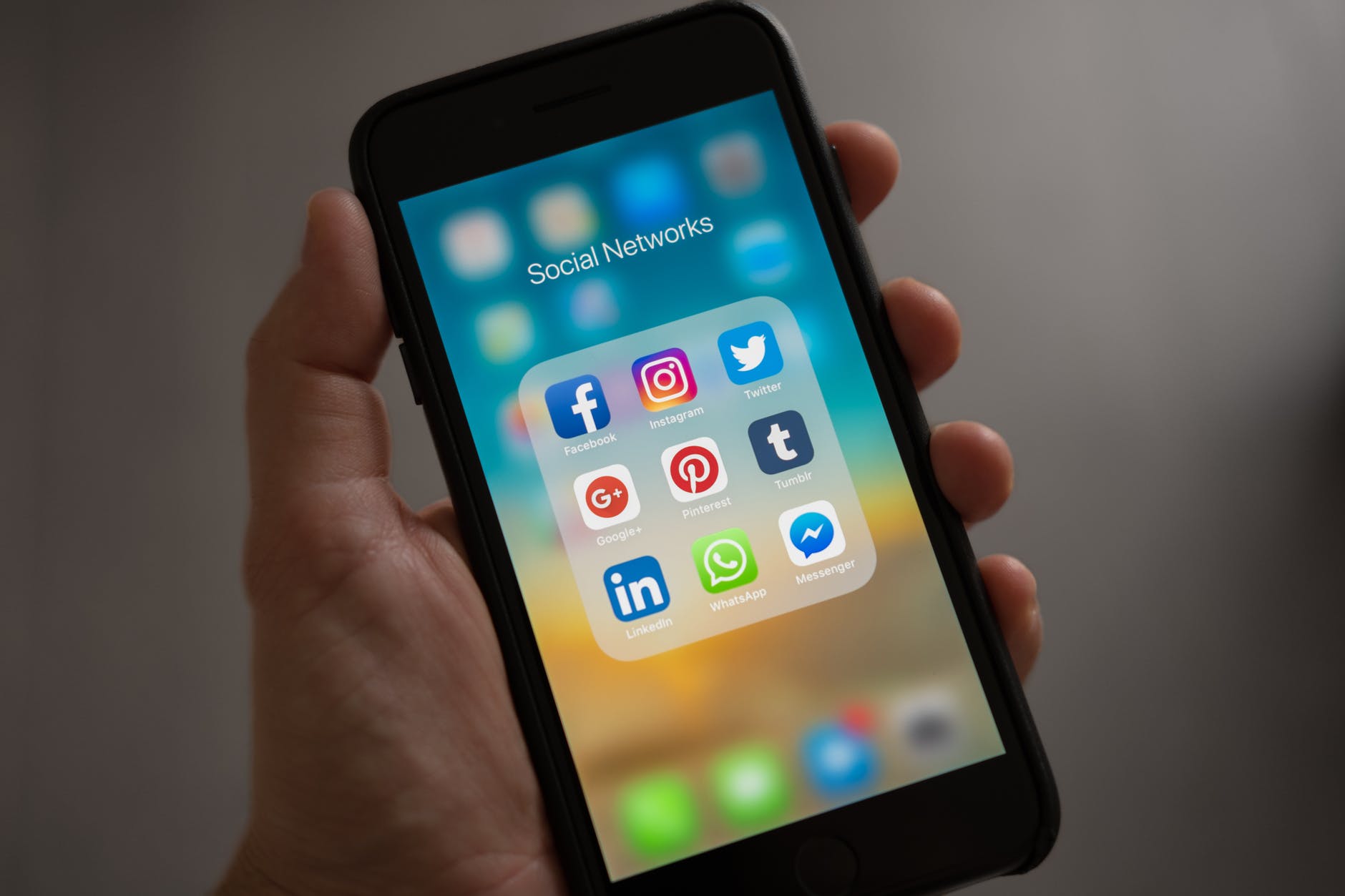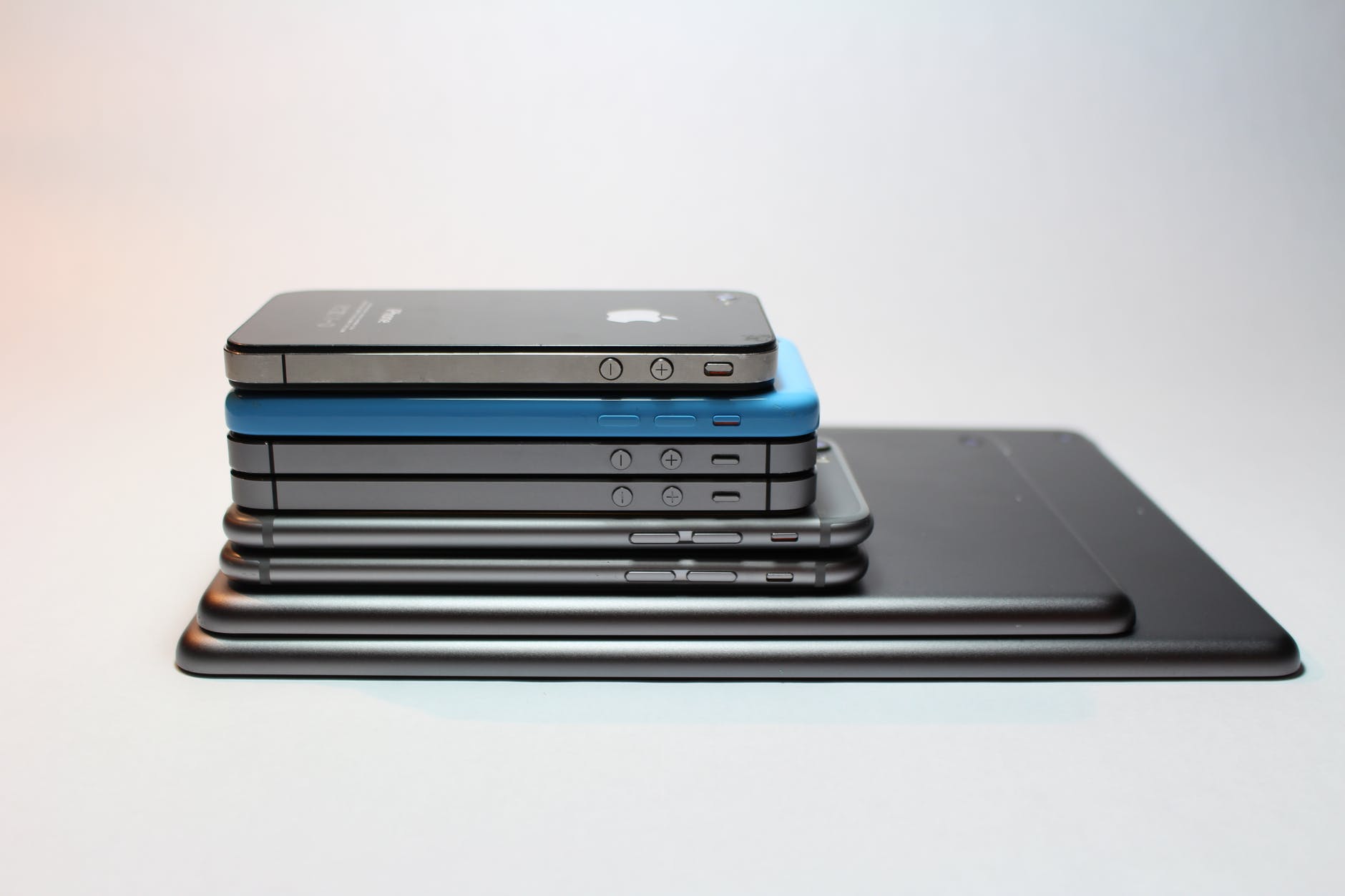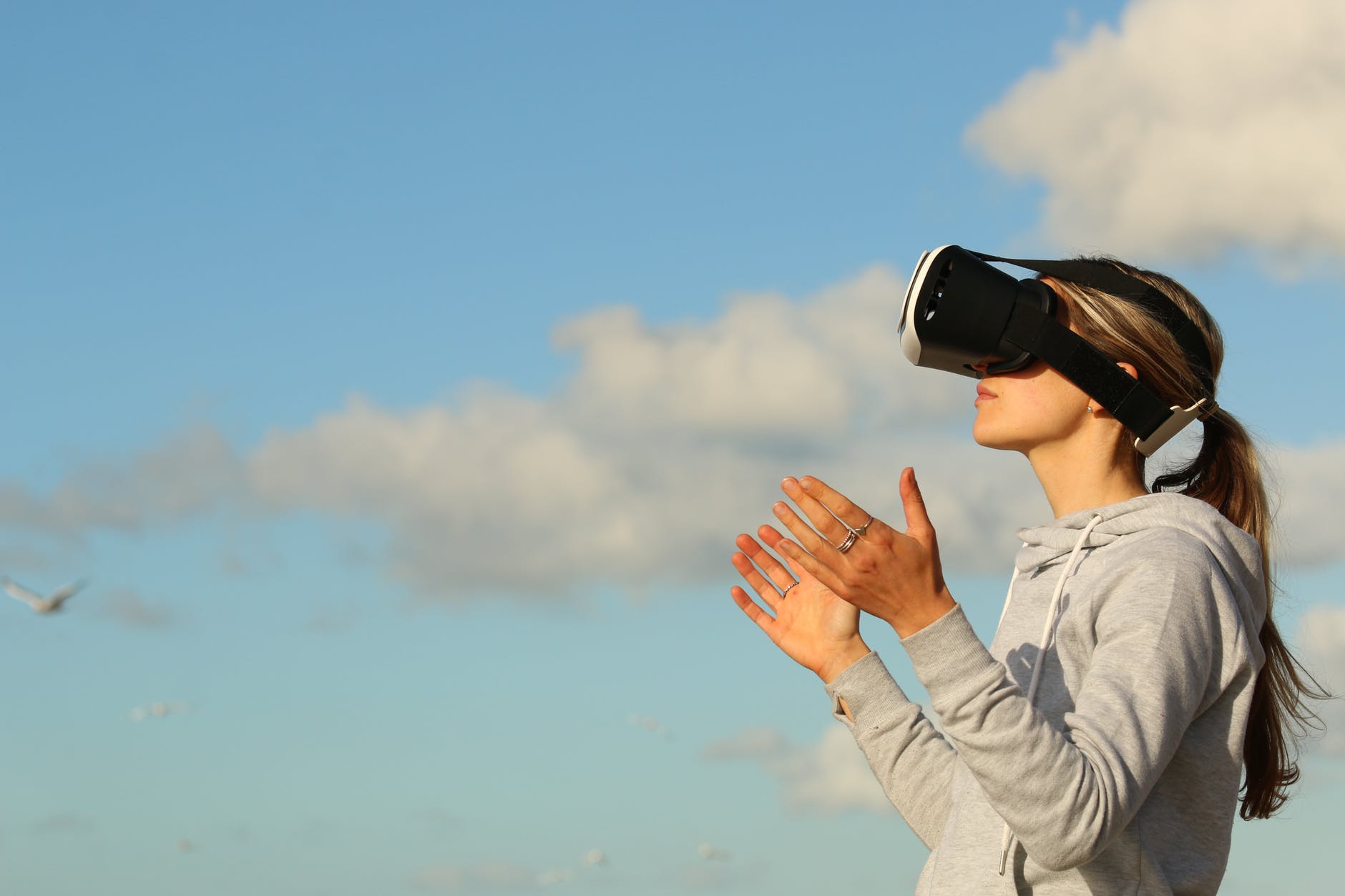The Trump Administration’s Impending Pipeline and Protest Boom
When the Obama administration vetoed continuation of the Keystone Pipeline after months of passionate protests, it looked like American oil and natural gas pipeline builders were in trouble. The victory of the Dakota tribes and their supporters was unquestionably a triumph for the anti-pipeline movement.
Of course, that now seems like a lifetime ago. With Donald Trump in the White House, it’s already looking like the regulatory environment is going to swing even further into the pro-business camp, which almost certainly means more pipelines, which will mean more protests.
Once thought to be getting close to its peak, the oil production industry in the United States has boomed over the past decade. New methods of searching and extraction, along with President Obama’s lifting of a restriction on the exportation of oil have led to a surge nationwide, especially in the upper and far midwest where oil and natural gas “boomtowns” resembling those of the late 19th century have popped up across the landscape.
The Keystone XL veto may turn out to be merely a small obstacle to the huge continuation of oil production and development in the United States. Already, there are many new pipeline projects that will be under the purview of the Trump administration, totaling well over $10 billion dollars in building costs. The new president has shown no hint that he’ll slow the progression of these lines in any way, but several nascent and long-running protest movements will be present to make their voices heard.
The Water is Life Movement, one of the more prominent organizations devoted to fighting all pipelines and extensions, oversees a national network of protestors and provides resources and information to spread their message. Their website maintains a running list of all current and upcoming oil and natural gas pipelines and allows visitors to look up where their local opposition branches meet. As seen in the Standing Rock protests, these actions have the capability to capture the nation’s attention for weeks at a time.
Protesters have not wasted any time in getting involved in demonstrating against the new pipelines. Mass gatherings in Washington, D.C., Memphis, TN, rural Pennsylvania, and Albany, NY to name a few have gotten notable media attention, and they are just the tip of the iceberg. Journalists following the movement closely are certain that the anti-pipeline message is spreading. It’s not unreasonable to suppose, as NPR’s Jeff Brady does, that the fact that we now have a vehemently pro-business president in the White House is leading more and more citizens to join the opposition. It’s often looked at as one of, if not the only options.
It’s not just the potential environmental issues that have protestors angry. The Keystone XL project, as well as other pipelines, appear poised to utilize the always-controversial eminent domain in their projects. Pro-pipeline state governments do have the power to seize private land, but the potential for public pushback is sizeable, especially if it’s perceived as the government taking private citizen’s property for a private corporation’s benefit. However, it’s already underway in Montana and South Dakota, and pending approval in Nebraska. The protest movement is poised to make their voices heard on this issue, as well.
President Trump certainly has his work cut out for him. The oil and natural gas industries in this country are among the most massive and powerful corporate concerns in the country. With their lobbying power now combined, they’ll hold a great deal of sway over federal and state legislatures. This power seems to only embolden the protest movement, and bolster its numbers with more and more concerned citizens. Time will tell on how the administration deals with these two opposing forces.








